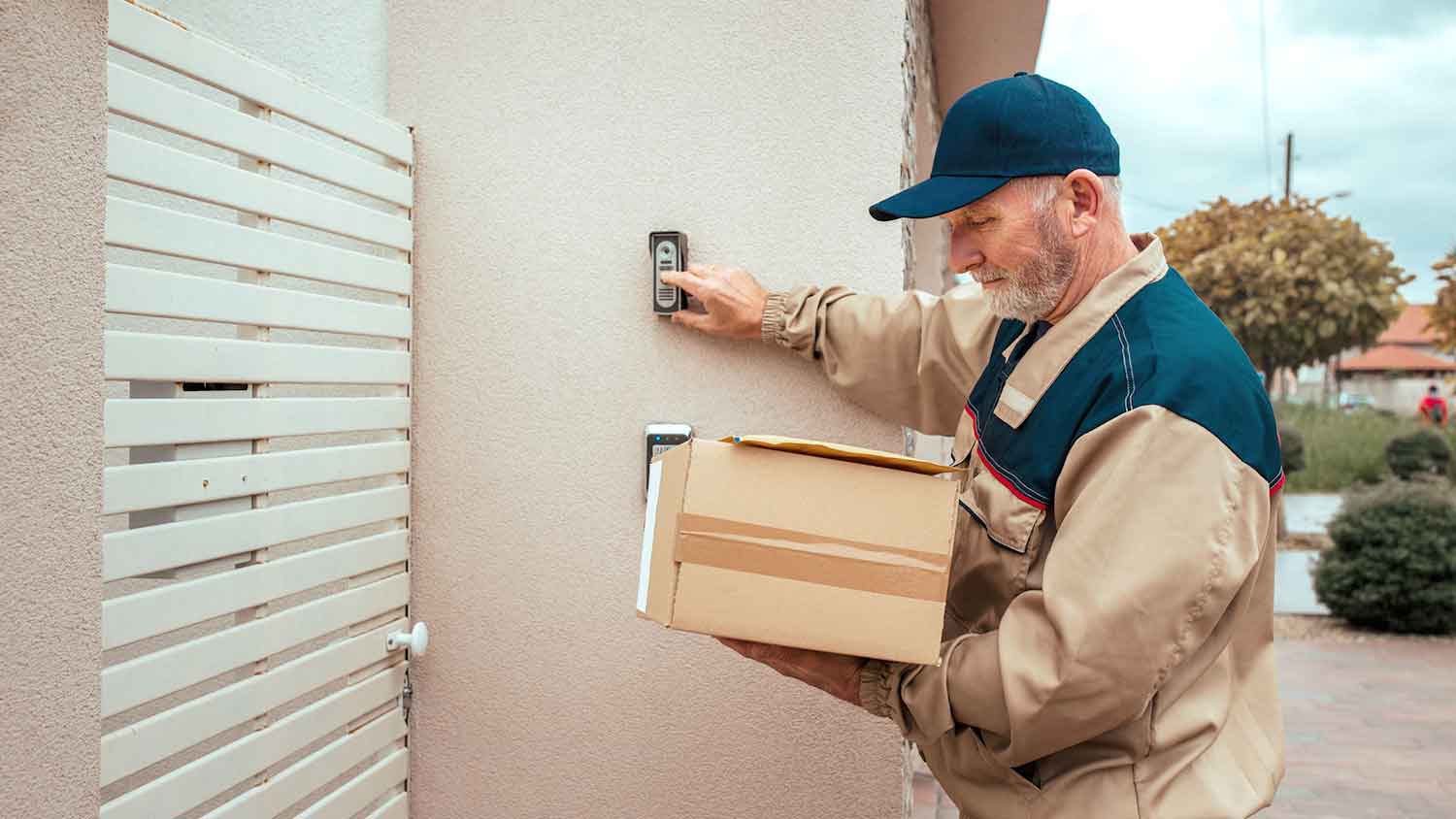Why Is My Dishwasher Pod Not Dissolving? 5 Causes and Solutions
Dishwasher pods shouldn’t leave anything behind—other than clean dishes
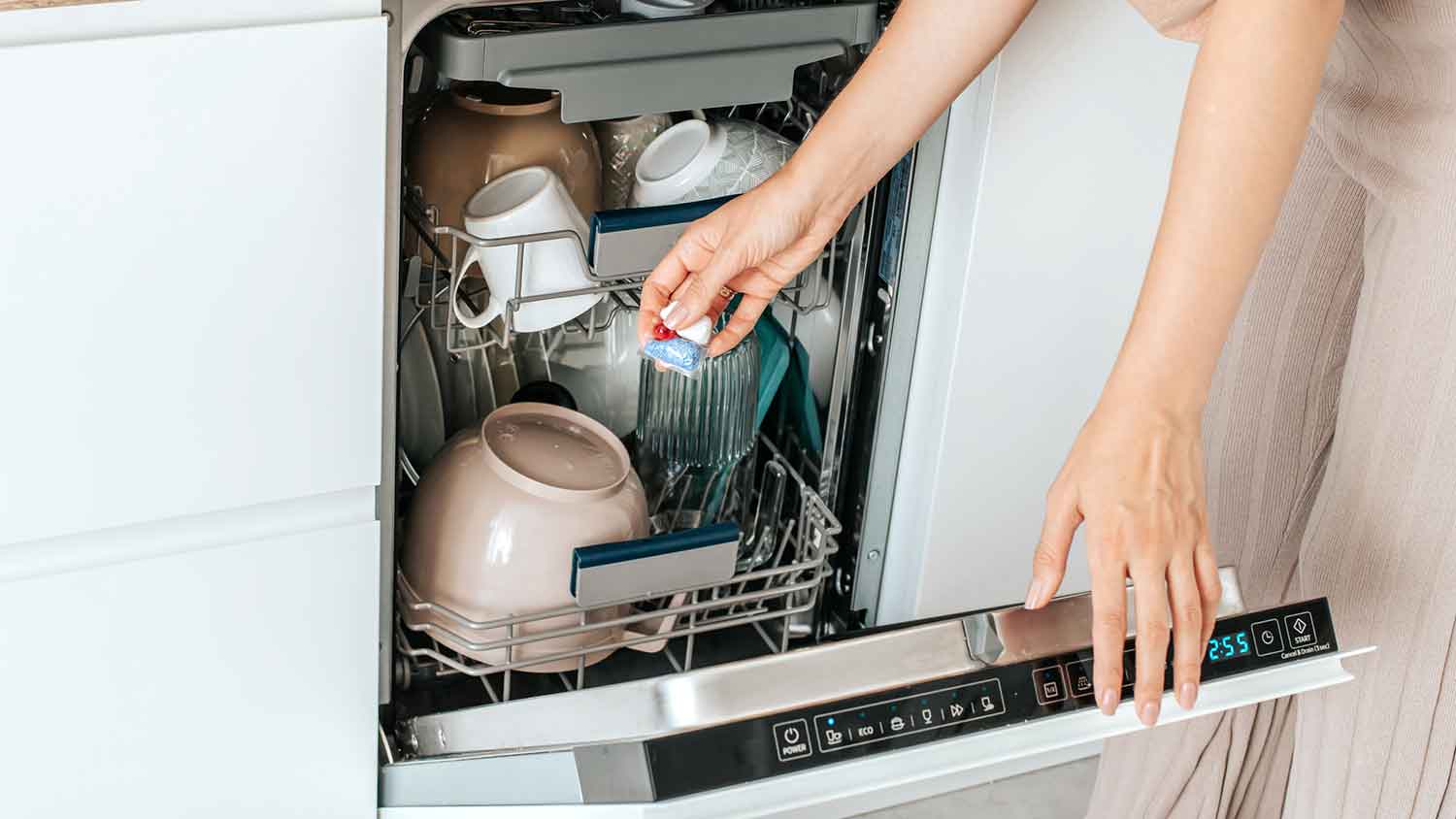

If your dishwasher pods aren’t dissolving, it could be due to a damp or sticky dispenser.
Alternatively, your pods might struggle to dissolve if the dishwasher water isn’t hot enough.
Blocked, clogged, or damaged dishwasher parts can also make it hard for pods to dissolve.
Dishwasher pods are supposed to be an easier-to-use alternative to traditional detergent. But if you’ve ever opened your dishwasher to see that your pod never dissolved, you might wonder if the convenience is really worth it. So, why is your dishwasher pod not dissolving? Let’s look at five common reasons.
1. Damp or Sticky Dispenser
If your dishwasher’s dispenser is wet or sticky, the pod could get stuck inside the compartment and fail to dissolve properly.
How to Fix It
Before inserting a dishwasher pod, wipe away any residue in the dispenser with a damp cloth. Then, use a dry cloth to dry the compartment and add the new pod.
2. Water Isn’t Hot Enough
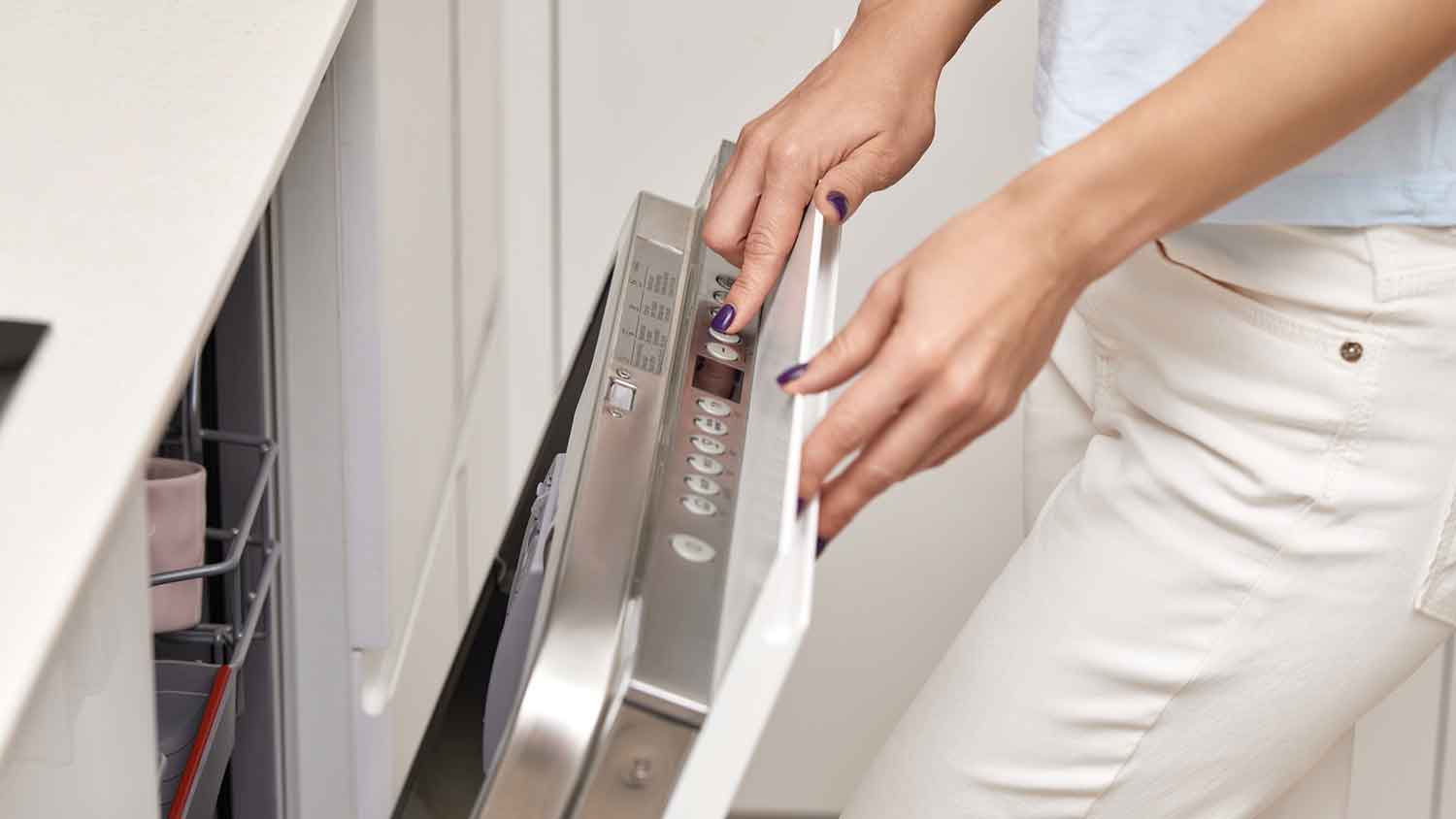
Your dishwasher’s water temperature should remain between 120 degrees Fahrenheit and 160 degrees Fahrenheit for the entire cycle. If it doesn’t get that hot, your pods won’t fully dissolve.
There are a few possible reasons why your dishwasher water doesn’t get hot enough. For example, it could be an issue with one of the dishwasher’s parts, like the thermostat or heating element. Alternatively, there might be a problem with your home’s water heater.
How to Fix It
First, you’ll need to test the temperature of the water. You can do this by placing a meat thermometer in a glass and letting it fill with hot water from your kitchen sink (or the nearest faucet to your dishwasher). Note when the temperature stops rising. If it isn’t at least 120 degrees Fahrenheit, then you’ve figured out why your dishwasher pod isn’t dissolving.
To fix it, check the temperature on your water heater. It should be between 120 degrees Fahrenheit and 140 degrees Fahrenheit. If it’s lower than that, you can adjust the temperature on your water heater and repeat the test from before. If the water is still too cold, there’s likely an issue with one of your dishwasher’s parts—and you should have a professional take a look.
3. Dirty or Damaged Spray Arms

In a dishwasher, spray arms rotate and release water through tiny holes to help clean the dishes. Sometimes, food particles can clog those holes, reducing the amount of water released. As a result, the pod won’t get enough water to dissolve. This can also happen if the spray arm is damaged.
How to Fix It
To clean a dirty or clogged spray arm, start by removing it from the dishwasher. (If you aren’t sure how to do this, check your user manual.) Then, use a paperclip to unclog the holes and wash the spray arm with dish soap and warm water.
If you need to replace a cracked, warped, or otherwise damaged spray arm, that’s pretty simple, too. You’ll remove the old one and pop the new one into place. For specific directions or part information, read through your manufacturer’s instructions.
4. Broken or Blocked Dispenser
During a cycle, the dispenser opens to release the pod. But if the dispenser is broken or blocked by dishes, it might not open like it should. In that case, the pod will stay inside the dispenser and won’t dissolve.
How to Fix It
If the dispenser is faulty, you can replace it yourself (or have a local dishwasher repair pro do it for you). The exact process depends on your dishwasher, but it involves shutting off the power to your dishwasher, removing the outer door panel, pulling out the old dispenser, and inserting the new one.
To prevent dishes from blocking the dispenser, avoid overfilling your dishwasher. You should also make sure that taller items—like cutting boards and casserole dishes—are along the sides of the dishwasher (and not in front of the dispenser).
5. Malfunctioning Circulation Pump
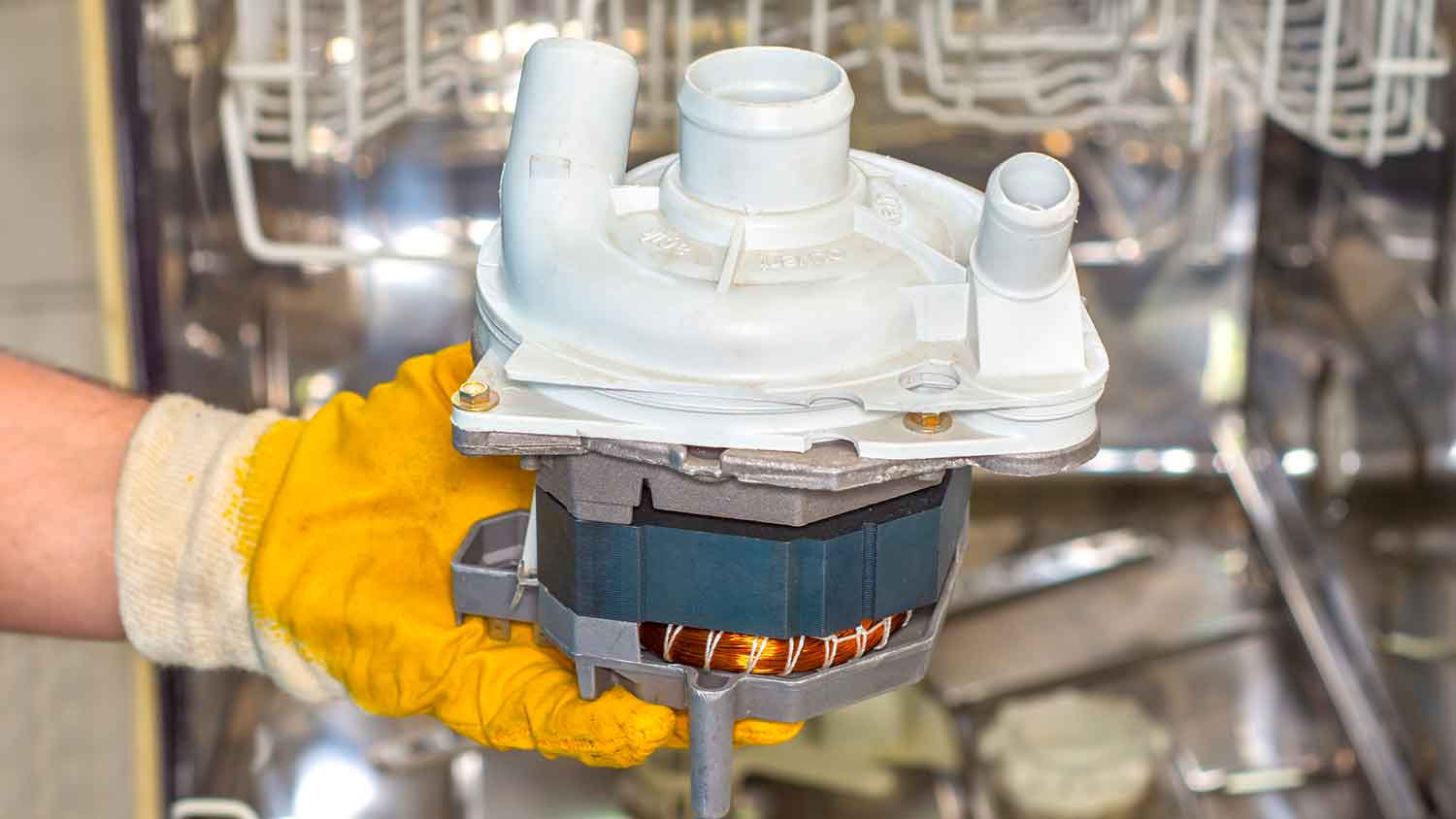
A circulation pump pushes water into the spray arms to wash the dishes. If it’s not working properly, there might not be enough water to dissolve a dishwasher pod. Also, your dishwasher won't clean your dishes well.
How to Fix It
Listen to your dishwasher while it’s running. If you don’t hear water moving through it, you might have a bad circulation pump. Repairing or replacing a circulation pump requires some electrical knowledge, so the job is best left to a pro.
When to Call a Pro
Some of these issues are easy to tackle by yourself. For example, you don't need a pro’s help to dry the dispenser, adjust your water heater’s temperature, or load your dishwasher efficiently. But if you’re dealing with damaged electrical components or all your troubleshooting methods have failed, it’s better to bring in a professional who fixes dishwashers for a living.
Frequently Asked Questions
You should follow the instructions listed on the detergent packaging and in your dishwasher user manual. Often, this means inserting the tablet or pod into the detergent dispenser (and not in the bottom of the dishwasher). If you put the pod anywhere else, it might dissolve too early in the cycle and fail to clean your dishes properly.
If you don’t want to use dishwasher pods, you can use liquid or powder dishwasher detergent or dishwasher tablets. Alternatively, you can make a DIY dish detergent by putting two or three drops of liquid dishwashing soap in the dispenser and filling the rest with baking soda. You should never use laundry detergent, household all-purpose cleaners, or a full dispenser of liquid dish detergent.



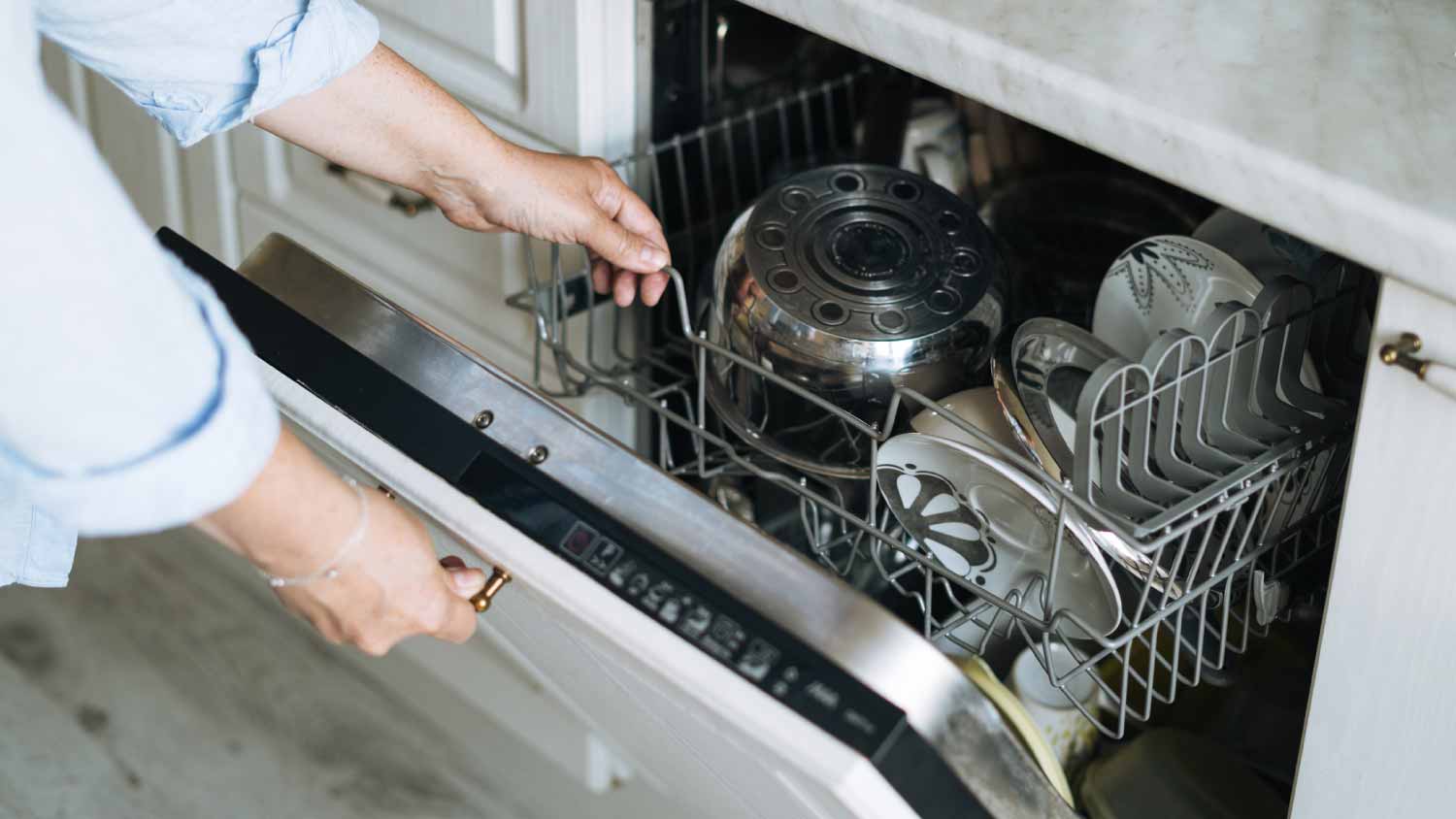
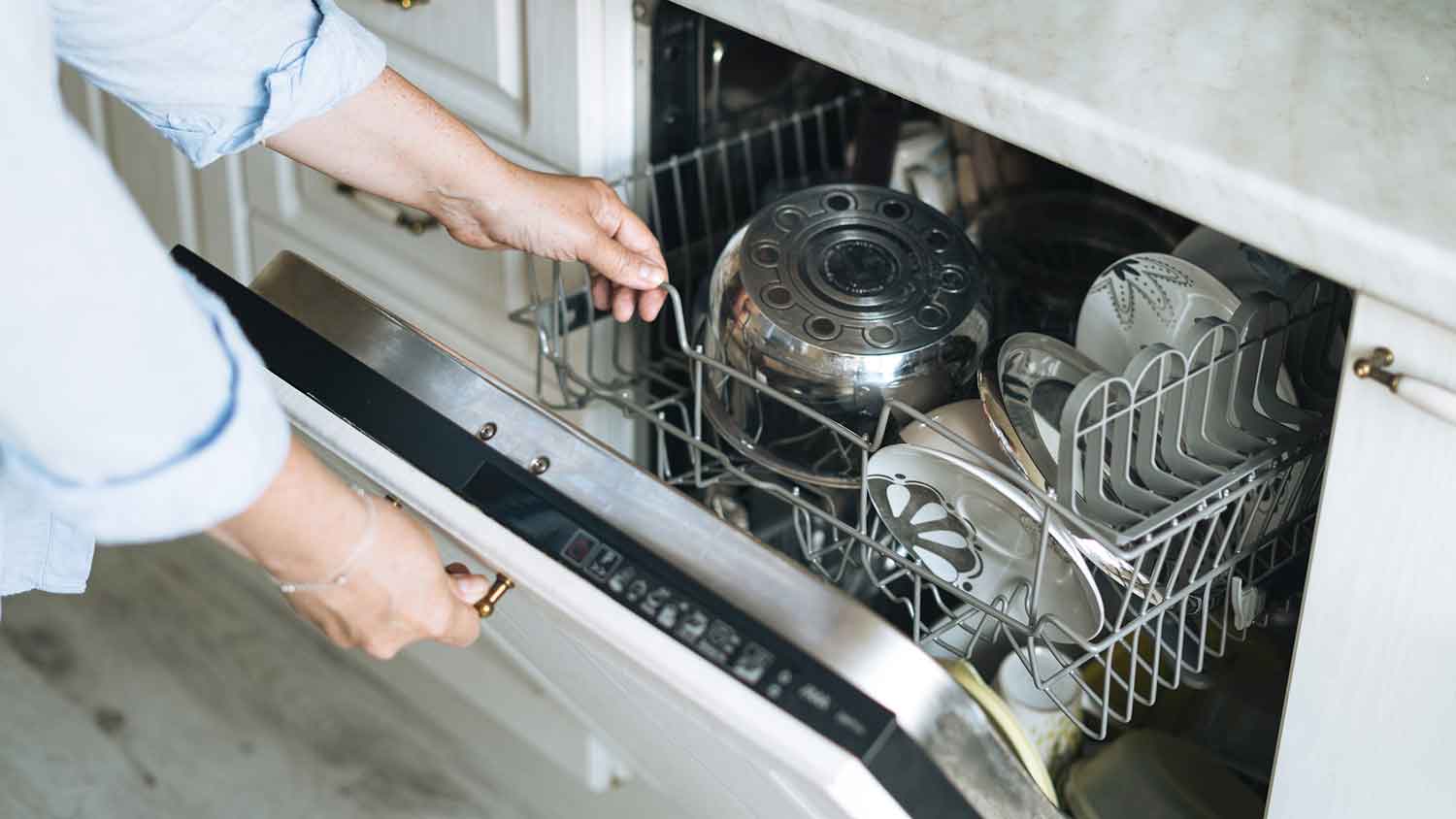
- Appliance Repair Companies
- Washing Machine Repair
- Dryer Repair
- Refrigerator Repair
- Dishwasher Repair
- Oven Repair
- Wood & Pellet Stove Repair
- Freezer Repair Services
- Wood Stove Services
- Gas Stove Repair
- Emergency Appliance Repair Companies
- Ice Maker Repair
- Gas Appliance Repair
- GE Appliance Repair
- GE Refrigerator Repair
- GE Dryer Repair
- GE Dishwasher Repair
- GE Washing Machine Repair
- Samsung Appliance Repair
- Samsung Refrigerator Repair
- Samsung Dryer Repair
- Samsung Washer Repair
- Samsung Dishwasher Repair
- Samsung Oven Repair
- Whirlpool Repair
- Whirlpool Refrigerator Repair
- Whirlpool Washer Repair
- Whirlpool Dryer Repair
- Whirlpool Oven Repair
- Maytag Appliance Repair
- Maytag Refrigerator Repair
- Maytag Washer Repair
- Maytag Dryer Repair
- Maytag Dishwasher Repair
- Kitchenaid Appliance Repair
- Kitchenaid Oven Repair
- Kitchenaid Refrigerator Repair
- Kenmore Appliance Repair
- Kenmore Dishwasher Repair
- Kenmore Washer Repair
- Kenmore Dryer Repair
- LG Refrigerator Repair
- Bosch Appliance Repair
- Kenmore Refrigerator Repair
- LG Appliance Repair Services
- GE Microwave Repair
- Electrolux Appliance Repair
- Electrolux Washer Repair
- Kitchenaid Dishwasher Repair Services
- Wood Stove Inspection
- Dishwasher Installation
- Trash Compactor Repair



